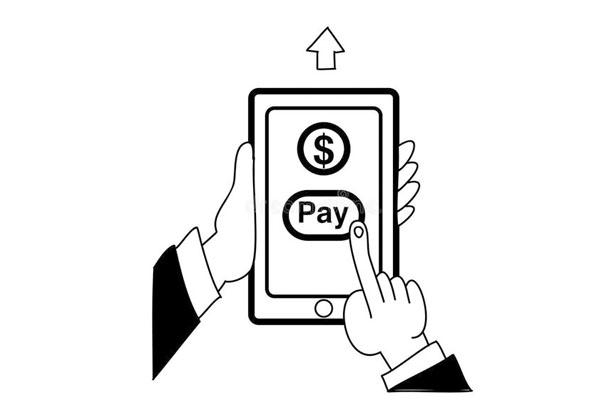The relentless hum of Bitcoin mining hardware, a siren song to some, a cacophony to others, echoes across the globe. As we approach 2025, the question on every miner’s lips (and in every investor’s spreadsheet) is: what will these digital workhorses cost? The answer, as always with cryptocurrency, is layered with complexities, influenced by technological advancements, market forces, and even geopolitical shifts. Predicting the price of Bitcoin mining hardware in 2025 requires navigating a labyrinth of variables, understanding the intricate dance between supply and demand, and anticipating the next generation of energy-efficient machines.

Beyond Bitcoin, the broader landscape of cryptocurrency mining plays a crucial role. Ethereum, though transitioning away from Proof-of-Work, still casts a long shadow. Alternative cryptocurrencies, with their varying mining algorithms, continue to attract miners seeking profitable opportunities. The rise of Dogecoin, propelled by social media hype and celebrity endorsements, showcased the unpredictable nature of the crypto market and the potential for specialized mining equipment to gain unexpected popularity. The profitability of mining these alternative coins directly impacts the demand – and therefore the price – of mining hardware capable of processing their specific algorithms. This diversification within the crypto ecosystem creates a dynamic market for specialized mining rigs, forcing manufacturers to innovate and adapt to changing demands.
The efficiency of mining hardware is paramount. The race to develop Application-Specific Integrated Circuits (ASICs) that can perform the complex calculations required for Bitcoin mining with maximum energy efficiency is relentless. Newer generations of ASICs boast significantly improved hash rates per watt, translating directly into higher profits for miners. This increased efficiency comes at a price, however, with cutting-edge ASICs commanding a premium. Conversely, older, less efficient machines may become less desirable, driving down their value as the mining difficulty increases and energy costs rise. The ongoing battle between technological advancement and obsolescence shapes the pricing landscape for all Bitcoin mining hardware.
The cost of electricity remains a critical factor in the profitability of Bitcoin mining and, consequently, the demand for mining hardware. Regions with access to cheap electricity, often from renewable sources like hydroelectric or solar power, attract miners seeking to minimize their operational expenses. These “mining farms,” often located in remote areas with favorable energy policies, represent significant investments in both infrastructure and hardware. The availability and price of electricity directly influence the economic viability of mining operations and, therefore, the willingness of miners to invest in new or used equipment. Regulatory scrutiny of energy consumption and the environmental impact of Bitcoin mining could also play a role, potentially impacting the price of hardware as miners seek more sustainable and energy-efficient solutions.
The accessibility of Bitcoin mining hardware is also influenced by global supply chains and manufacturing capacity. Disruptions to these supply chains, whether caused by geopolitical events or shortages of essential components, can lead to price fluctuations and delays in delivery. The concentration of ASIC manufacturing in a few key regions makes the industry vulnerable to these disruptions. Furthermore, the increasing complexity of ASICs requires advanced manufacturing processes, limiting the number of companies capable of producing these specialized chips. These constraints on supply can drive up the price of mining hardware, particularly during periods of high demand.
Mining rig hosting services offer an alternative for individuals and businesses who want to participate in Bitcoin mining without the upfront investment and logistical challenges of setting up their own mining operations. These services provide infrastructure, maintenance, and technical support, allowing customers to lease computing power and earn rewards based on their contribution to the network. The pricing of these hosting services varies depending on factors such as the hash rate provided, the electricity costs, and the level of service offered. The growth of the mining hosting industry provides another avenue for individuals to participate in Bitcoin mining and influences the overall demand for mining hardware.

Finally, the price of Bitcoin itself plays a significant role in determining the value of Bitcoin mining hardware. When the price of Bitcoin is high, mining becomes more profitable, incentivizing miners to invest in new equipment and expand their operations. Conversely, when the price of Bitcoin is low, mining profitability decreases, leading to reduced demand for hardware and potentially lower prices. The cyclical nature of the cryptocurrency market, with its periods of boom and bust, creates volatility in the demand for mining hardware. Predicting the future price of Bitcoin is therefore essential for anyone attempting to forecast the price of mining hardware in 2025.
Predicting 2025 Bitcoin mining hardware value is tricky! This article likely explores efficiency gains, market shifts, and energy costs impacting profitability and future pricing of ASICs. A worthwhile read for miners.